
Meteor showers pass through the atmosphere at thousands of km/h and offer an exceptional spectacle.
If you like to look at the stars during clear nights, you have surely seen a point of light crossing the sky. A shooting star ! Technically, they are not stars but meteors. Often they are so fast and sporadic that your friends surely haven’t had time to turn their head to see them.
Meteors are small space objects, called meteorites or micrometeorites depending on their size, and even dust that burns when entering our atmosphere. When this happens, you can see a streak of light due to the object fragmenting into burning particles in its wake.
You can see meteors crossing the sky at any time of the night and from anywhere. The fall of a meteor is unpredictable, to see one often creates a wave of excitement. At certain times of the year, meteors appear in large groups, falling one after the other through our atmosphere This is called a meteor shower.
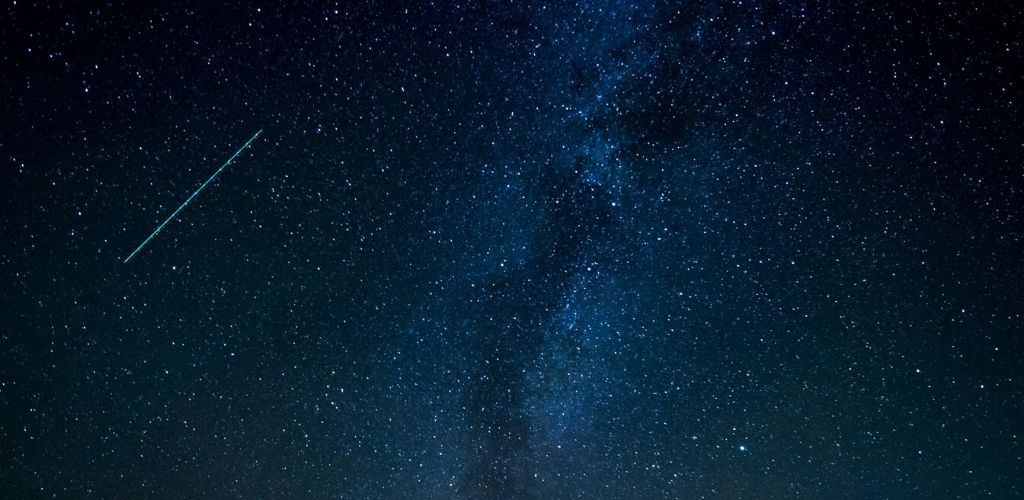
These events take place at specific times each year. The Earth regularly crosses areas of dust left by an active or extinct comet. These rains then arrive from the same area in the sky, an area located in or near a constellation. Go out in November to find the Leonids, which appear in the Leo constellation, or if you prefer warm nights, the Perseids in August also offer a beautiful view from the Perseus constellation.
Many astronomers have fun noting the number of meteors in the same meteor shower. Perhaps you would also like to write down your observations (including their brightness, speed and color) so that organizations like the International Meteor Organization (IMO) or the International Astronomy Union (IAU) can take advantage of them.
Seeing a meteor shower requires patience
To get the most out of observing meteors, you will need to adapt your vision to the dark and a moonless night in order to discern even the weakest streaks. But that doesn’t mean that you won’t see meteors when the Moon is here. There are also very bright meteors, often at magnitudes higher than the magnitude of the planets. If these fireballs have a magnitude less than -4, they are called superbolides.
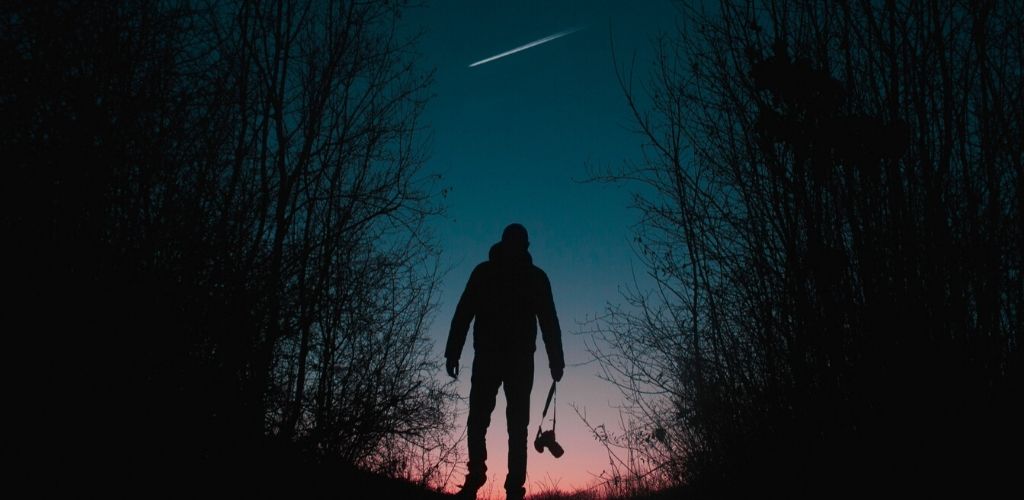
When we imagine a meteor shower, we think of several meteors arriving from a single point. Observing a meteor shower requires patience, and chasing these little lightning bolts can quickly turn into a waiting game. The ZHR (for Zenithal Hourly Rate) indicates the number of meteors that will appear, some meteor showers ranging from 5 to 100 per hour.
When a meteor show reaches its peak, you will see that the amount of meteors increases. Not knowing what you are going to see before you start is part of the game.
Meteor shower calendar
Quadrantids
- When: January 3-4
- Constellation: Boötes
- ZHR: 90 per hour
- Parent asteroid: 2003 EH1
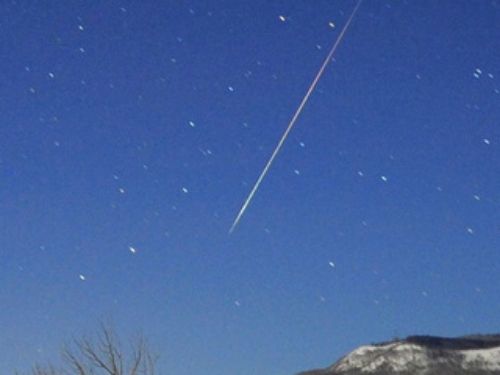
Lyrids
- When: April 22-23
- Constellation: Lyra
- ZHR: 15 per hour
- Parent comet: C/1861 G1 (Thatcher)
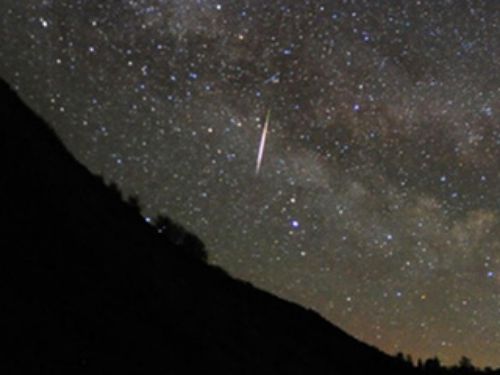
Eta Aquariids
- When: May 6-7
- Constellation: Aquarius
- ZHR: 60 per hour
- Parent comet: Halley
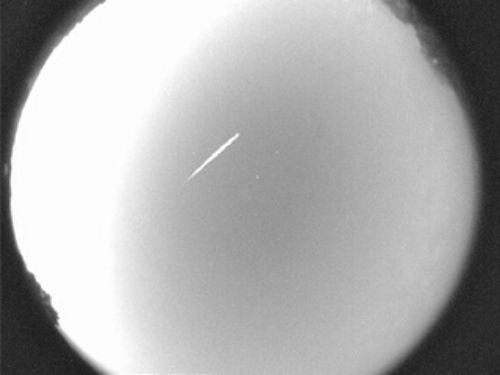
Southern Delta Aquariids
- When: July 28-29
- Constellation: Pisces
- ZHR: 205 per hour
- Parent comet: unknown
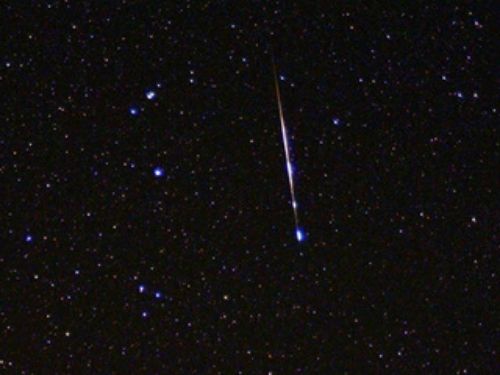
Perseids
- When: August 12-13
- Constellation: Perseus
- ZHR: 90 per hour
- Parent comet: Swift-Tuttle
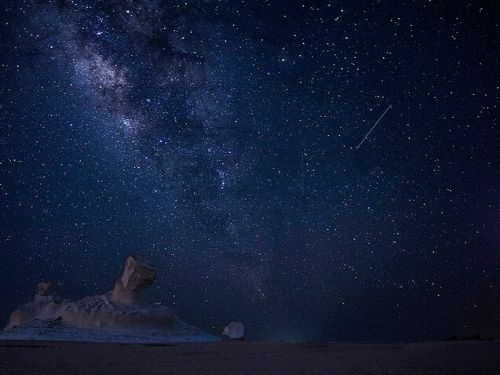
Orionids
- When: October 20-21
- Constellation: Orion
- ZHR: 25 per hour
- Parent comet: Halley
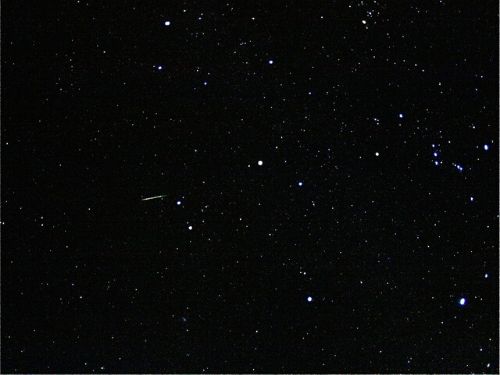
Taurids
- When: November 11-12 (northern hemisphere), November 4-5 (southern hemisphere)
- Constellation: Taurus
- ZHR: 10 per hour
- Parent comet: 2P/Encke
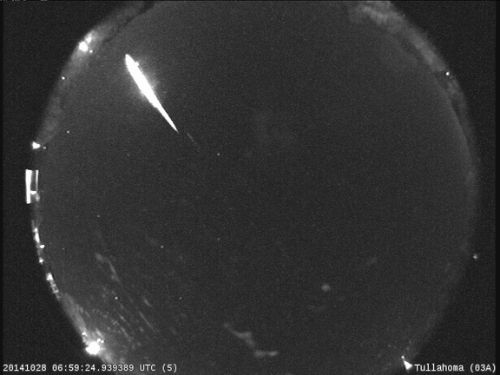
Leonids
- When: November 16-17
- Constellation: Leo
- ZHR: Variable
- Parent comet: Tempel-Tuttle
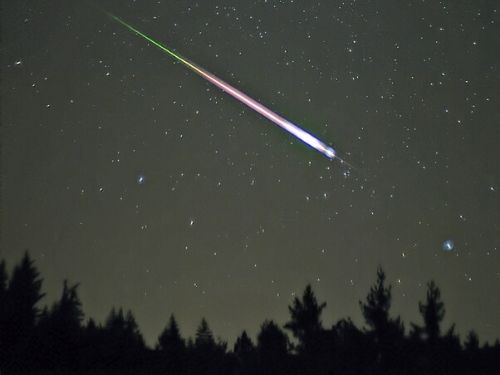
Geminids
- When: November 13-14
- Constellation: Gemini
- ZHR: 100 per hour
- Parent asteroid: 3200 Phaethon
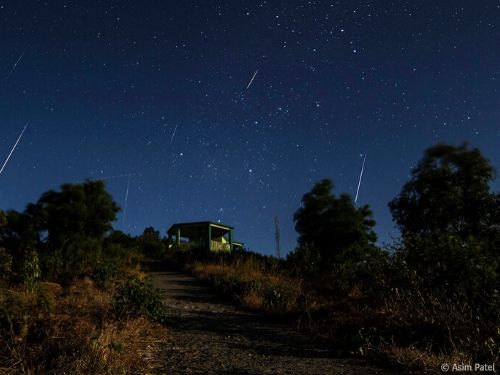
How to prepare for a meteor shower
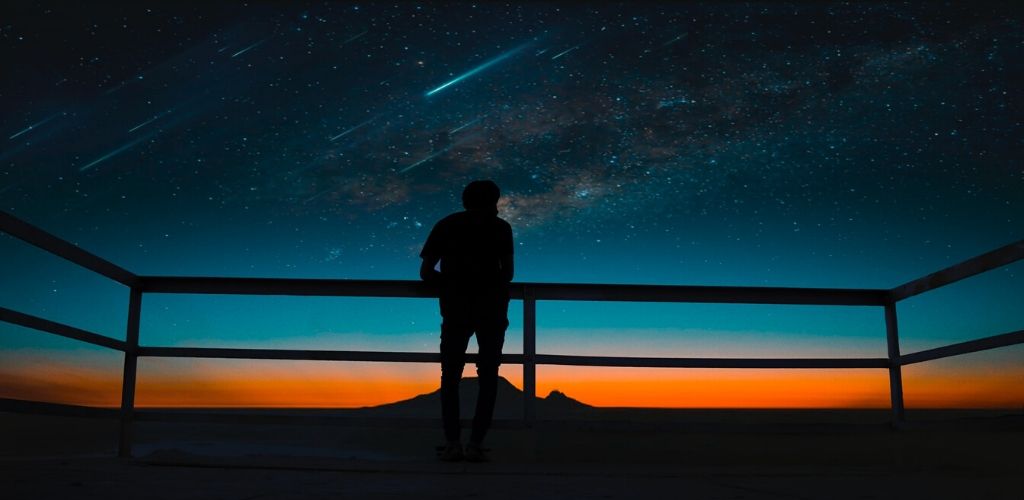
A lounge chair
Hunting meteors requires spending a fair amount of time looking up at the sky and can tire your neck. A lounge chair will allow you to keep an inclined position for maximum comfort, without hurting yourself!
Warm clothes
Some meteor showers are only observable in winter, so be careful not to get cold. A hat, scarf, gloves and a thick blanket are essential for long periods of observation. You can also use a sleeping bag.
A hot beverage
During cold nights, you can also warm up by drinking hot beverage. Coffee and tea are also a good way to keep you awake after midnight. If you can, take a nap before setting off on an adventure.
A red torch
To be able to see the weakest meteors, your eyes have to adjust to the dark. If you are using a night sky map and need to see in the dark, use a red torch instead of a white one to avoid ruining your night vision.

- Images credits:
- Meteor shower: Neale LaSalle/Pexels
- Meteor shower photograph: Rakicevic Nenad/Pexels
- Quadrantids: NASA
- Lyrids: NASA
- Eta Aquariids: Phoenix7777 / CC BY-SA (https://creativecommons.org/licenses/by-sa/4.0)
- Southern Delta Aquariids: NASA
- Perseids: Ahmed abd elkader mohamed / CC BY-SA (https://creativecommons.org/licenses/by-sa/4.0)
- Orionids: Brocken Inaglory / CC BY-SA (https://creativecommons.org/licenses/by-sa/3.0)
- Taurids: NASA
- Leonids: Navicore / CC BY (https://creativecommons.org/licenses/by/3.0)
- Geminids: Asim Patel / CC BY-SA (https://creativecommons.org/licenses/by-sa/3.0)
- Prepare for a meteor shower: Raman deep/Pexels